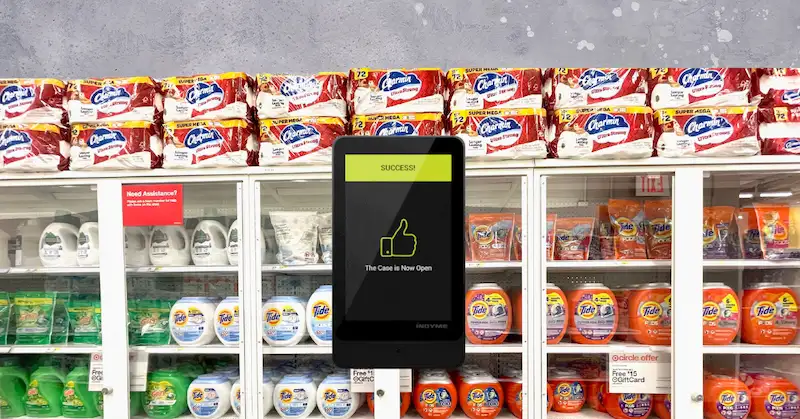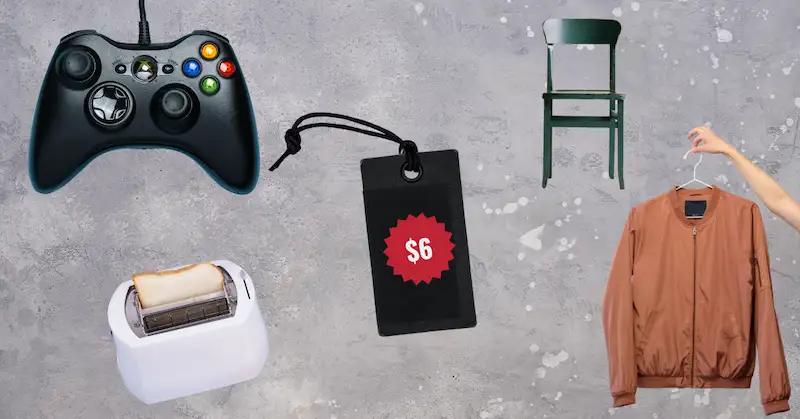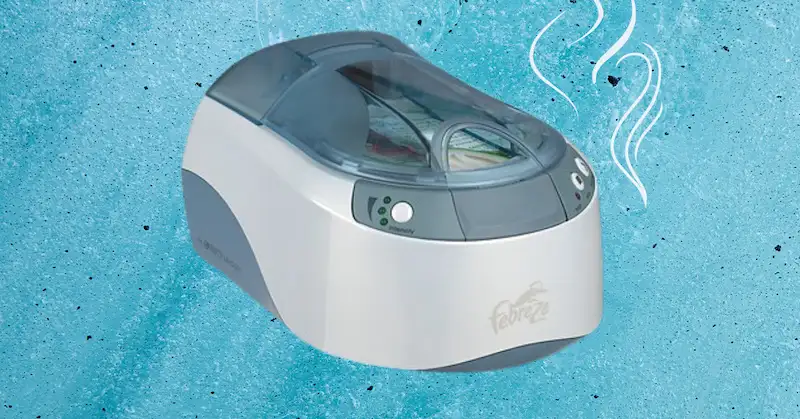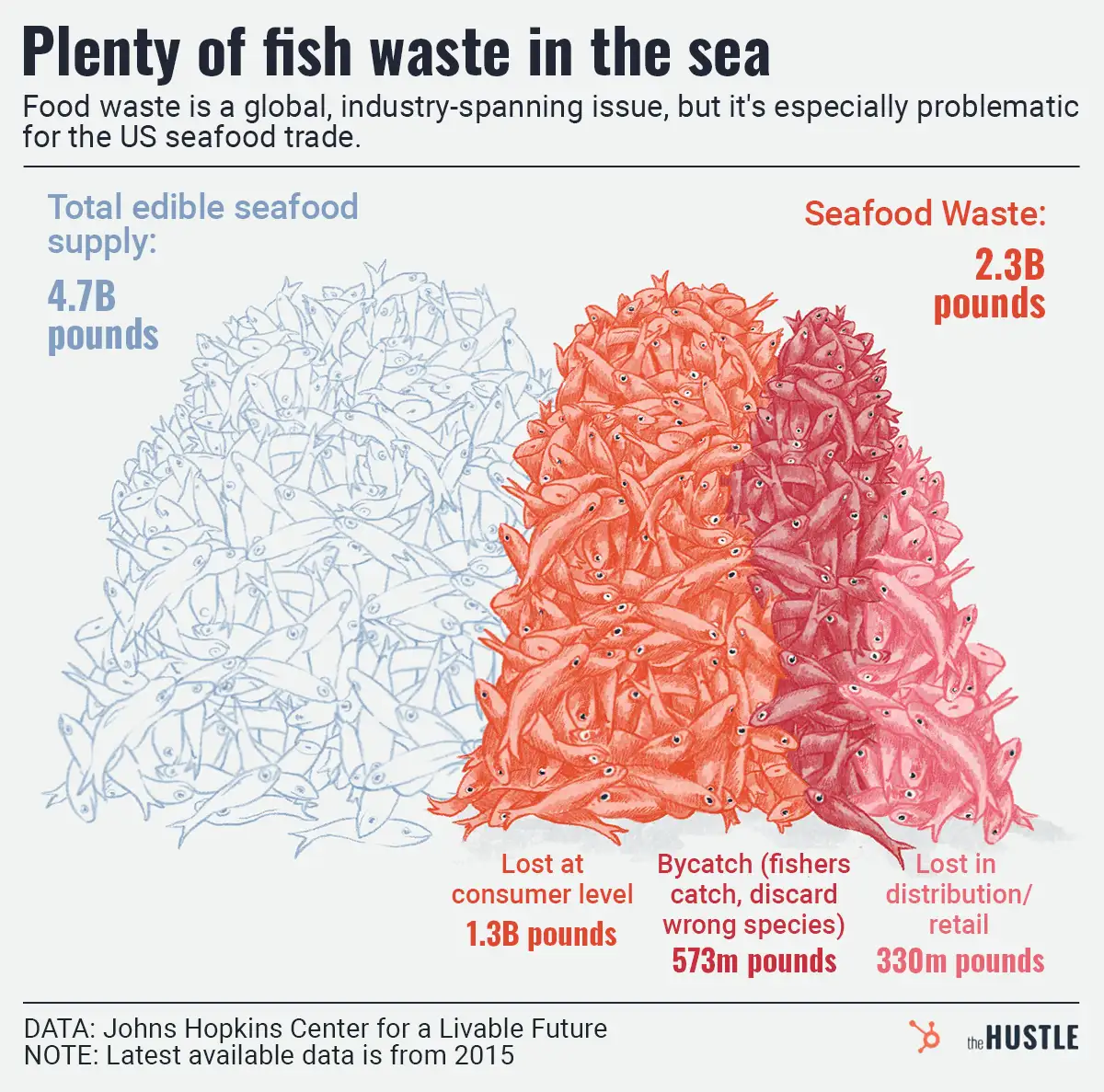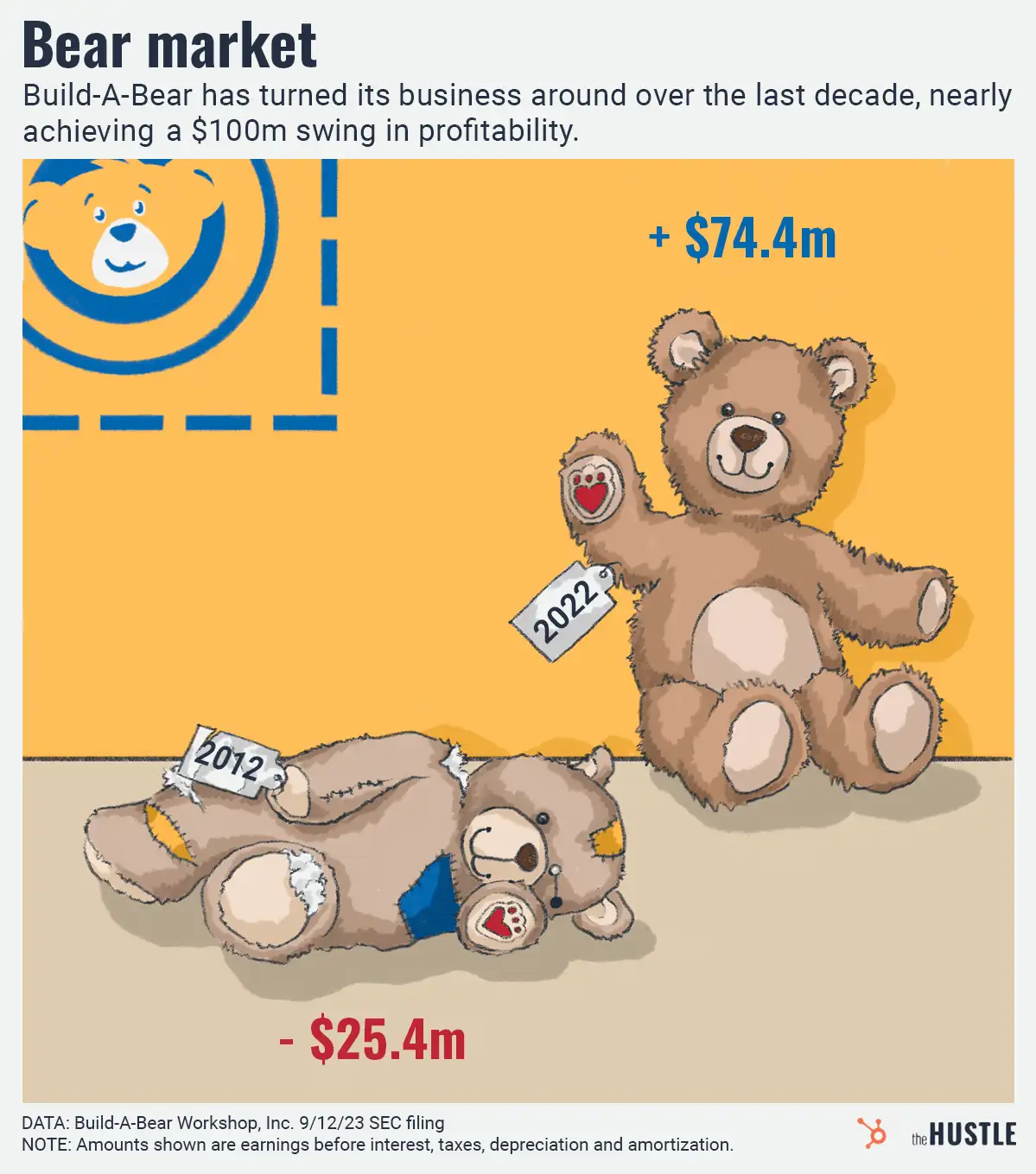Source: Getty Images/SOPA Images
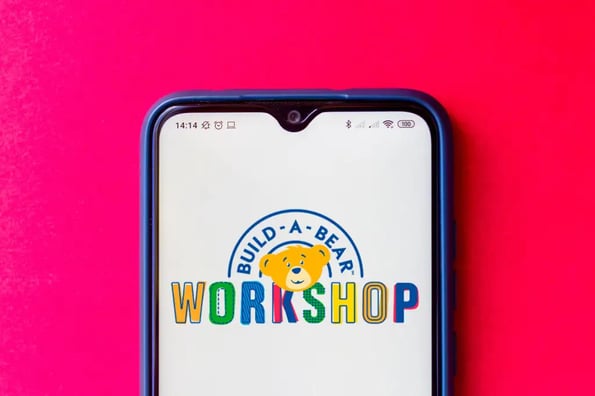
Build-A-Bear Workshop, Inc. — the chain that lets you customize your own stuffed animal — was founded in 1997, making it 4 years older than the “Fast and Furious” franchise. Today, the St. Louis-based company has 400+ stores worldwide and, in 2019, saw $338.5m in revenue.
Bear Builder 3D Workshop is its latest iteration
The experience starts with choosing from the available bear — or dog or bunny — models.
Next, customers drag fluffy clouds to their new friend until it is “pawfectly stuffed,” then add clothes, accessories, and sound effects. Finally, they fill out a certificate and give the toy a name.
But isn’t the charm the physical building of the bear?
For some, sure. But Build-A-Bear CEO Sharon Price John said via a release that the company’s goal is to meet consumers where they are, which is increasingly online.
The online toy biz is worth $20.5B overall. During the pandemic, Build-A-Bear saw 20%+ online market growth during the pandemic, per Retail Dive. And that might be a lasting trend.
A 2019, pre-pandemic CivicScience study found that only ~41% of holiday shoppers planned to buy toys in physical stores, while a 2020 survey by the National Retail Federation found that 49% of K-12 parents plan to do back-to-school shopping online even after the pandemic.
Fun fact: Build-A-Bear once made a toy monkey with a mechanical heartbeat to help rear a baby De Brazza’s monkey whose mother was unable to care for it.

